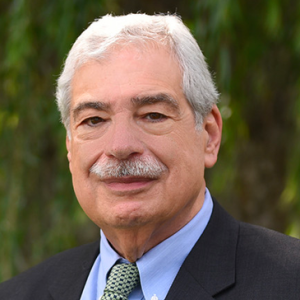
ROME, N.Y. — The Marconi-Rosenblatt AI Innovation Lab at ANDRO Computational Solutions, in collaboration with Syracuse University, has received a $2 million Small Business Technology Transfer (STTR) Phase II research contract from the Office of Naval Research.
The pact is for research to integrate artificial intelligence (AI) deep learning to improve radio spectrum utilization under challenging conditions, ANDRO announced in a release.
ANDRO Chief Scientist/Chief Research Officer Anu Jagannath (pictured), alongside Chief Scientist/Chief Technology Officer Jithin Jagannath, is spearheading the initiative. The lead project team also includes Sabarish Krishna Moorthy, assisted by Syracuse University’s Biao Chen of the electrical and computer engineering department and distinguished professor Pramod K. Varshney, who will provide knowledge in advanced signal processing and distributed systems modeling.
(Sponsored)

Time to Prepare for OSHA’s new “Walkaround Rule”
In a development consistent with President Biden‘s growing reputation as leading the most pro-union administration in history, the Occupational Safety and Health Administration (OSHA) has published a rule allowing employees

Financial Inclusion through Affordable and Safe Banking Products
Financial inclusion is the accessibility of useful and affordable financial products and services to all individuals and businesses. Financial institutions have made strides in advancing these practices, most recently in
Beyond defense applications, the technology holds wide-ranging applications in commercial systems including 5G/6G communications, Internet of Things networks, and autonomous systems, ANDRO said. It also provides significant improvements in spectrum coexistence within shared environments like the Citizens Broadband Radio Service band, enabling simultaneous and seamless operation of military systems.
Headquartered in Rome, ANDRO provides research, engineering, and technical services to defense and commercial industries in advanced spectrum exploitation, secure wireless communications, software-based waveform development, cognitive software-defined radio networking, secure drone-based mobile communications and networking, multi-sensor data fusion, and sensor resource management.



